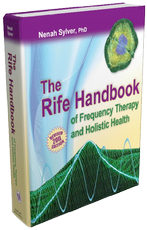Stealthy Health
Behind the Scenes:
Stealthy Health
© 1992 by Nenah Sylver
There’s a radical new health food store that just opened on New York City’s West Side, whose awning reads "Stealthy Health." Curious, I asked the owner, Judy Rodriguez, why she chose such a peculiar name.
"It’s not easy in this day and age," she explained to me as we strolled down the aisles between the stoned wheat thins and the stewed prunes, "to stay alive, much less in good health. There’s a conspiracy in the agribusiness to poison the American people, to rob their foods of vitamins, minerals and fiber. If you want to be healthy, you’ve got to do it quietly so people don’t know you’re trying. Otherwise you’ll be accused of being a food faddist."
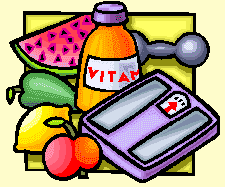
She demonstrated the peanut butter maker, which at the end of each grinding cycle automatically played back a recording of the protein, fat and carbohydrate content of each pound of raw nut butter that was being shoved into containers. Ms. Rodriguez continued, "The food processing industry not only robs food of its vitamins and minerals. Did you know that they kill off the enzymes?"
I shook my head. I had to admit I didn’t.
"That means," she hastily went on, seeing I wasn’t sufficiently impressed, "that the pasteurized Grade A milk you buy, for example, is a dead food. The high heat of pasteurization and the fat-splitting process of homogenization destroy these vitals enzymes, which are needed for digestion. You know how you need to cut down on dairy when you have a cold? That’s because there’s so much mucous. Casein, the component of milk that stuffs up your nose, they put right into Elmer’s glue."
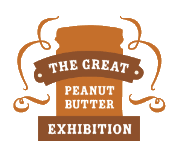
To change the subject, I asked Rodriguez to tell me why I should buy her unpolished "brown" rice instead of the old standby from Uncle Ben. Besides, it didn’t look very brown to me. Beige, perhaps. Wasn’t white the color of purity? Who wanted off-white rice when one could buy, at the same price or cheaper, rice which grain for grain someone had taken the trouble to polish?
Rodriguez had an answer ready. "When you see polished rice, the outer hull has been removed, leaving the white inside which is pure starch. The hull of a rice grain contains most of the nutrients. So don’t think anyone’s doing you a favor. It may be good to polish your car or your furniture, but that’s as far as it goes."
I was astounded that someone would take all that trouble to rob me of my minimum daily requirement. "What do they do with the rice polishings?"
"They feed it to cattle," Rodriguez replied, "because it makes such nutritious feed."

Miserable, I followed her to the organic produce section, where at least the sight of a fresh zucchini, a tomato or onion, maybe even a nice yellow banana would help to cheer me. Privately, I thought the fruit at the A&P looked a little better.
"I know why it’s called organic," I said quickly, not wanting to appear to be a total ignoramus. "It’s grown on soil that’s been fertilized naturally with animal manure, and there are no pesticides, right?"
"Also," Rodriguez was equally quick to respond, "our fruits and vegetables are not waxed or dyed, like commercial produce is. So of course everything here doesn’t look like a prototype of whatever it’s supposed to be. Did you know that commercial tomatoes are picked green, to make them easier to transport, and then they’re sprayed with polyethylene gas to ‘ripen’ them? They also gas bananas. So when you see our produce labeled ‘organic,’ you know that no one has interfered with Mother Nature."
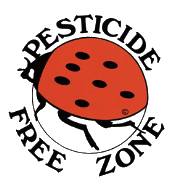
At this point I felt like leaving the store. Was there nothing I could safely buy at the supermarket? Then I spied the oat bin, marked "steel cut." Aha, I thought, a fancy advertising gimmick. I peered into the barrel and saw very small, hard nuggets that didn’t resemble oats at all. Confused, I looked back at the label.
"You see," Ms. Rodriguez anticipated my inquiry, "there really is a difference in oats, and the sign means what it says. They are steel cut. Did you think," she persisted, "that oats grow in flakes?"
I shook my head numbly. I had no idea.
"Of course they don’t," she answered her own question. "Steel cut means placing the entire groat under steel blades to cut it. Now, rolled oats are flattened out by a roller after they’re cut. Then they’re subjected to steaming."
I held my breath. I couldn’t bear to find out why I could no longer eat my favorite breakfast cereal.
"However," my hostess went on brightly, "that’s one good thing about oats. No matter how much big business has tried, it has never been able to mess them up. It’s impossible to separate the nutrients from the starchy part, so if you eat rolled oats, you’re still okay. We sell them too."
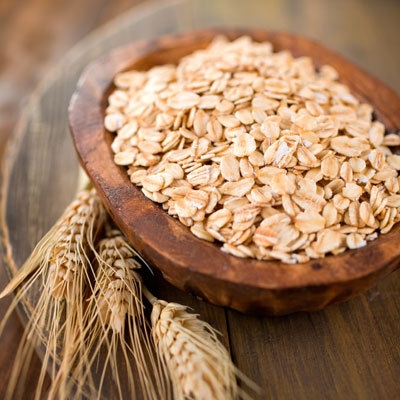
Mom never told me any of this. Fading, I thanked Ms. Rodriguez for the tour ("Call me Judy," she insisted), thinking about the pint of decidedly sugary, pasteurized ice cream I’d eat posthaste in order to drown my distress. As I left the store, though, another question uneasily occurred to me, which not even Ms. R. could answer. Why do they call it "health" food as opposed to "regular" food—or just simply, "food"? After all, isn’t food supposed to be healthy?
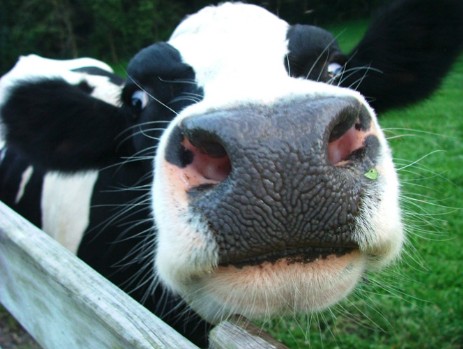
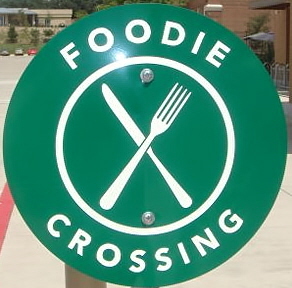
This essay originally appeared in Crazy Quilt (Spring 1991).
My favorite website for information on food is:
http://www.westonaprice.org/
For much more detailed information
on what has been discussed here,
including a wide variety of other health-related topics,
see The Rife Handbook of Frequency Therapy
by this author.

